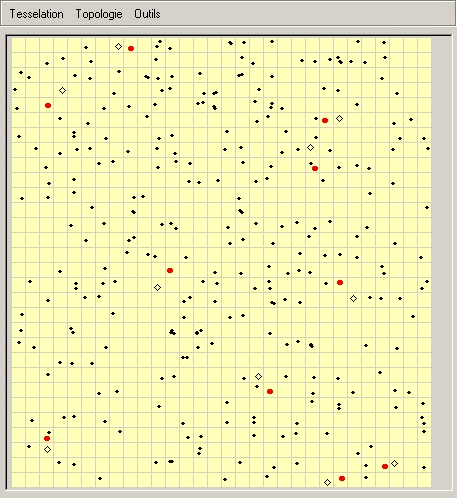
 |
|
|
|
DricolEmergence of Resource-Sharing ConventionsBruno Locatelli, Cirad ; Olivier Thébaud, Ifremer. 
In his article entitled "Spontaneous order", Sugden (1989) analyses the conditions under which collective rules regulating access to a natural resource can evolve and maintain themselves without conscious design, and without external enforcement. The author adopts a critical perspective with respect to classical game-theoretic approaches to this issue. According to Sugden, the problem of access rules is a typical case of co-ordination games with more than one uniquely rational outcome, with the ensuing difficulties for classical game-theory in predicting which outcome may obtain: agents following a particular rule will be guided by something more than the axioms of rational choice as normally understood by economists. As an illustration, he cites the example of a self-enforcing resource-sharing arrangement on the coast of Yorkshire, in England, where people compete for the gathering of driftwood brought to the shore by storms. The arrangement, he stresses, can be looked at from the perspective of its efficiency properties. The allocation of a stretch of the shoreline to the first who gets there avoids the allocation of too much labour to the wood collection activity; the ownership rights to properly marked wood piles avoids people having to monitor and protect their piles. In effect, the arrangement thus enhances the efficiency of driftwood collection, relatively to a free-for-all situation. Sugden is interested in the processes leading to the emergence of such conventions in a collective, without recurring to the hypothesis of an external, over-arching, agent capable of enforcing a particular rule. He focuses his analysis on the process by which conventions evolve in a collective, raising the questions of (i) how a convention starts to evolve, i.e. significantly more people follow it than follow any other convention; and (ii) what self-reinforcing processes lead the convention to become established in the collective. Sugden analyses various factors which may help to respond to these two questions, including the prominence of certain forms of co-ordination and the role of common experience in this respect, as well as the versatility of particular conventions. We tried to build an agent-based simulation model for the analysis of these questions. Agent-based modelling of social phenomena has developed rapidly in recent years. The approach appears particularly well-suited to the type of issues considered by Sugden. It allows to tackle explicitly questions of process and emergence in the economy, which have presented difficulties to traditional modelling in economics. In particular, it allows the explicit representation of a heterogeneous collective of agents of variable sizes, and the analysis of its evolution at both individual and collective levels. The model has three main components: 1. a spatial grid ("the beach"); 2. a passive object ("driftwood") which is distributed in the grid, any single cell having the capacity to store an unlimited number of pieces of wood; 3. social agents ("driftwood collectors") having the capacity to move over the spatial grid, and to collect driftwood. The emphasis is on simulating various processes by which the convention regarding the property of marked wood-piles could become established in this metaphorical model. The main focus is on strategies of avoidance of wood piles, and their diffusion in the collective. For this reason, relatively little use is made here of the rules regarding collection behaviour and the resolution of conflicts, other than as a means to allocate wood where these conflicts occur (following the principles described above). In this, the analysis presented here departs from Sugden's article. A further step in the use of the model would be to grant more attention to the way in which agents decide of the strategy to adopt in case of conflict, depending on their experience of past interactions with others, an issue to which this author devotes special attention. With our model, various scenarios were simulated and two general mechanisms were analysed, with variants in their definition: (i) peer pressure as a control on individual behaviour; (ii) imitation as a determinant of individual strategies. UML formalismThis model has been redesigned during training sessions, using UML : Class diagram (analysis phase), click to enlarge
Class diagram (design phase), click to enlarge
Class diagram (implementation phase), click to enlarge
State-transition diagram for attitude changes :
Activity diagram for "move" activity :
ReferenceSugden, R. (1989). Spontaneous order. Journal of economic perspectives, 3 (4): 85-97. Read the full paper on JASSS. You can download this model (zip file, 4 ko) and a video showing how to run the model (avi file, 15 Mo). For more information, contact Bruno Locatelli or Olivier Thébaud (or P. Bommel or C. Le Page).
|